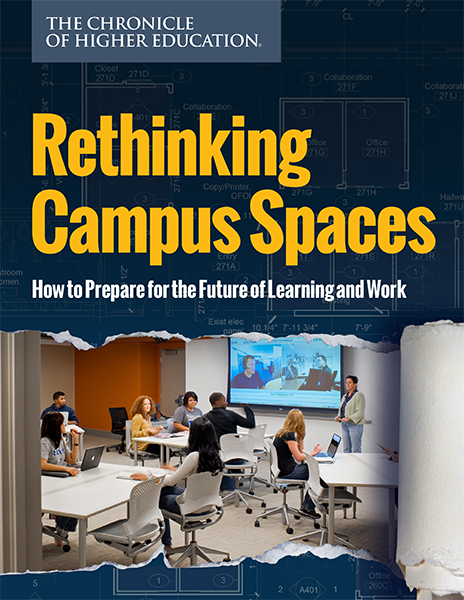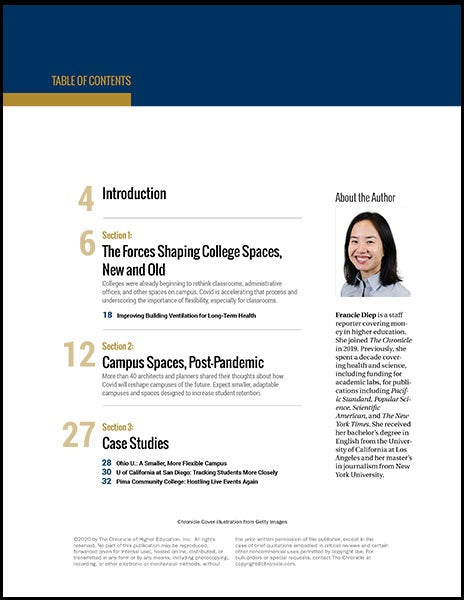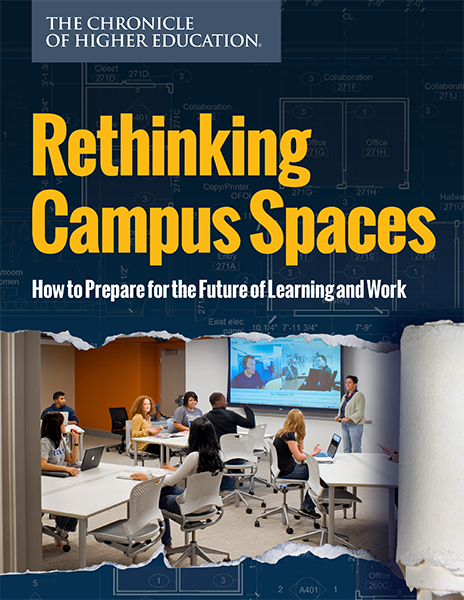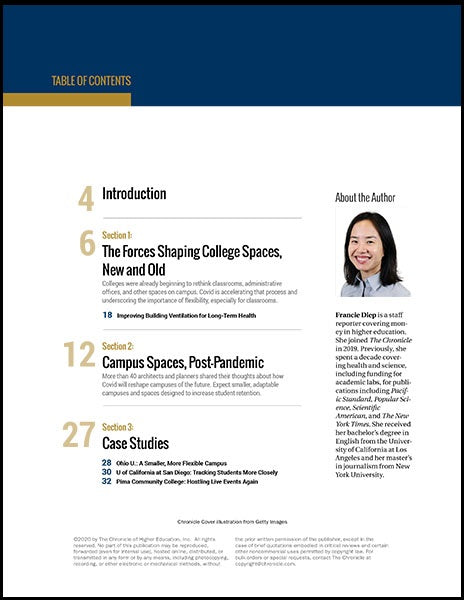Rethinking Campus Spaces
Rethinking Campus Spaces
Couldn't load pickup availability
The Chronicle spoke with leaders of colleges that had just started to bring more people back to campus, after emptying their grounds earlier in the spring. They had transformed their spaces — removing chairs, putting up one-way signs, marking six-foot distances on the floors. Although Americans may be accustomed to such measures now, the quiet and the caution tape won’t last forever.
In this Chronicle issue brief, you'll learn how and why campuses will look different going forward, in ways both subtle and obvious, long after the immediate public-health threat is over. Driven by forces including wider adoption of online work and learning, as well as tighter budgets for both colleges and families, institutions will also seek to maximize how much students, faculty, and staff members interact whenever they meet in person.
Purchase this issue brief for insight into:
- The events and trends that influenced campus space-use before 2020, and how it has changed or intensified since.
- How classrooms, offices, residence halls, and other common spaces will look after the pandemic is over.
- Architects’ and colleges’ strategies for doing more in less space, to save money and prepare for an uncertain future.
Date: December 2020
Pages: 36
Digital file size: 19.5 MB
Learn more about digital licensing options and request a quote. For group purchases of less than 100 users, please refer to our bulk pricing.
Produced in Partnership With:




